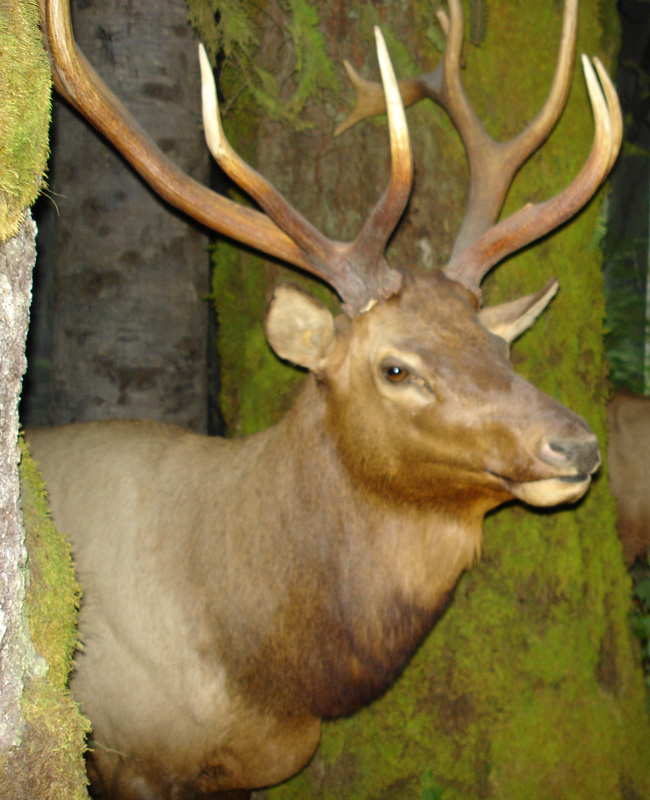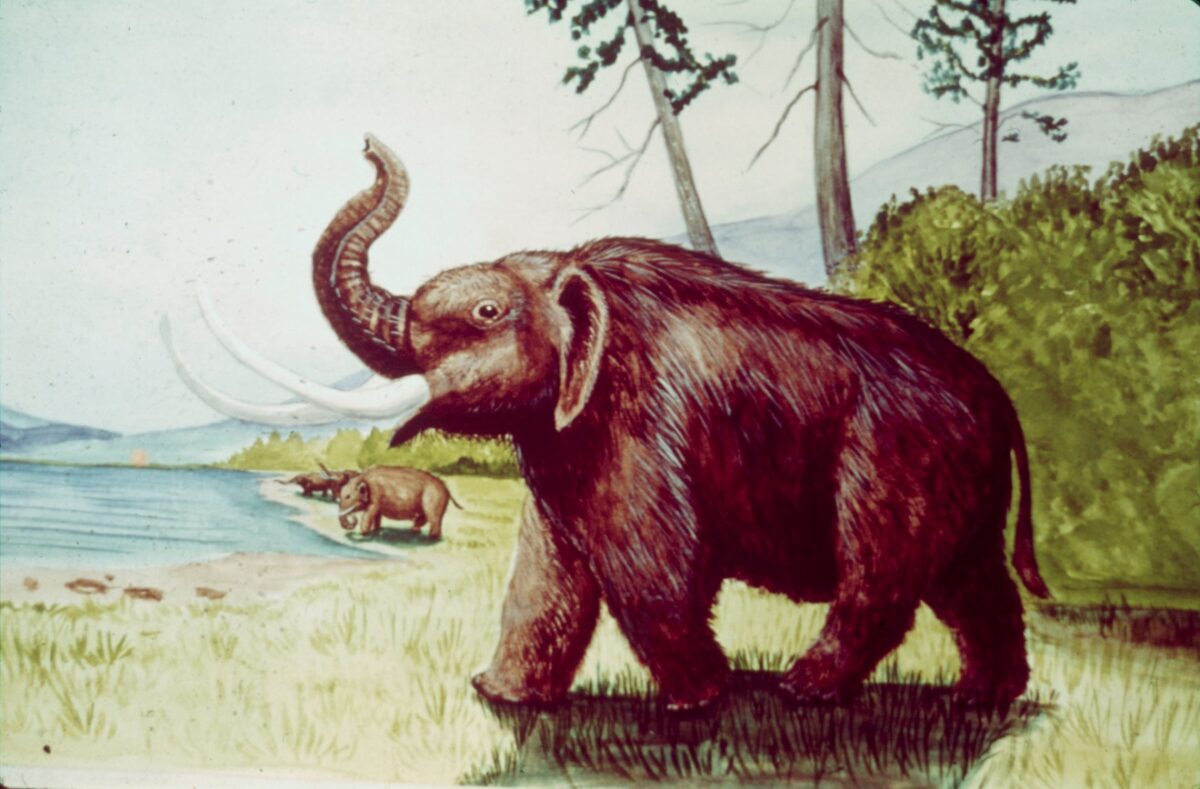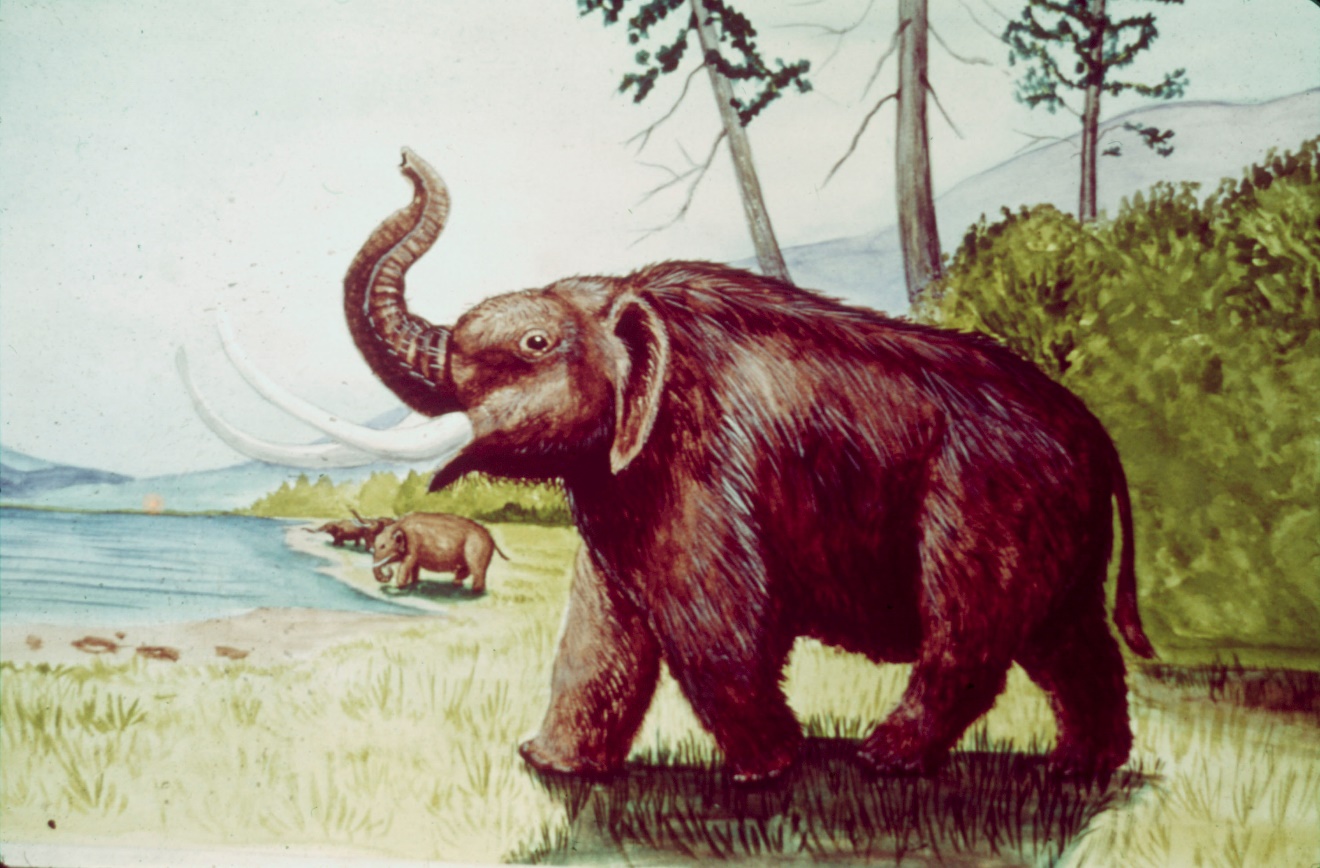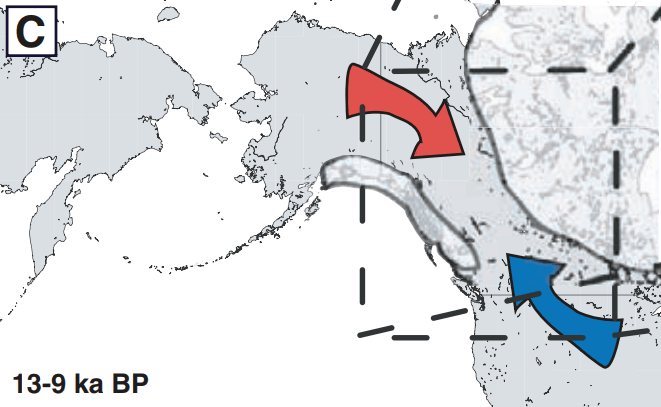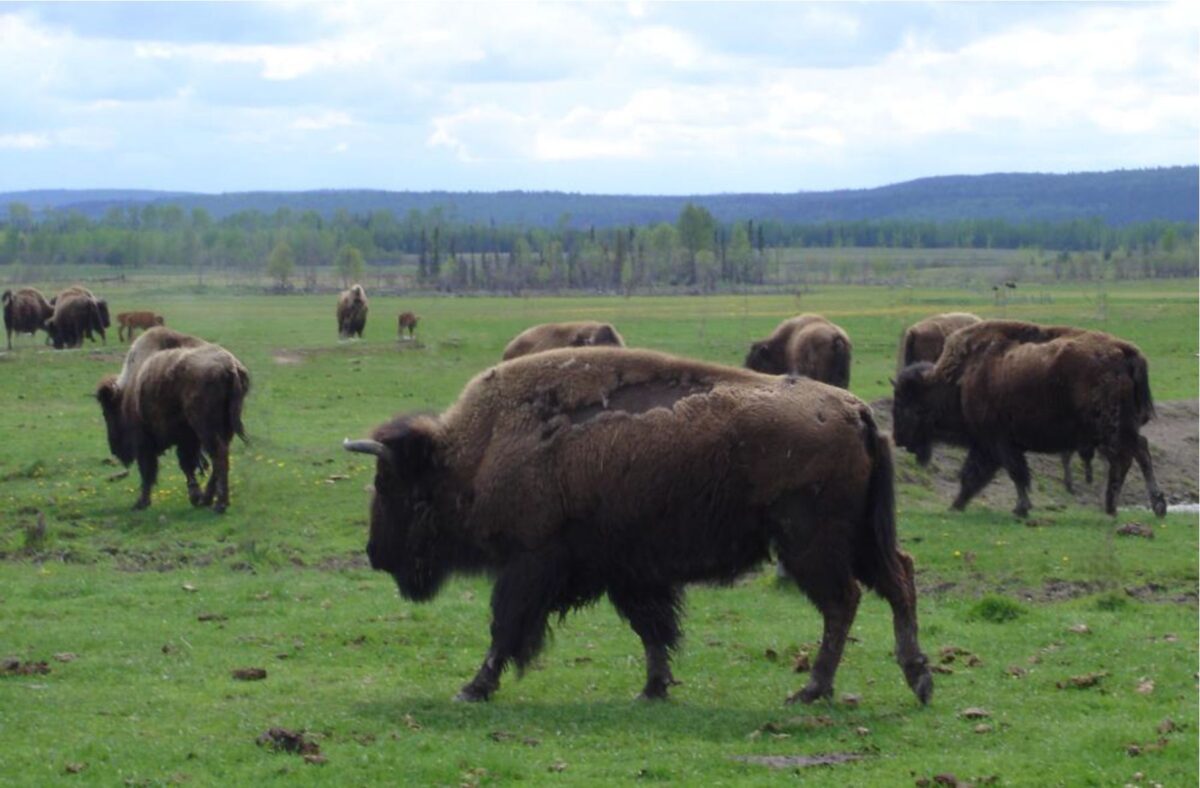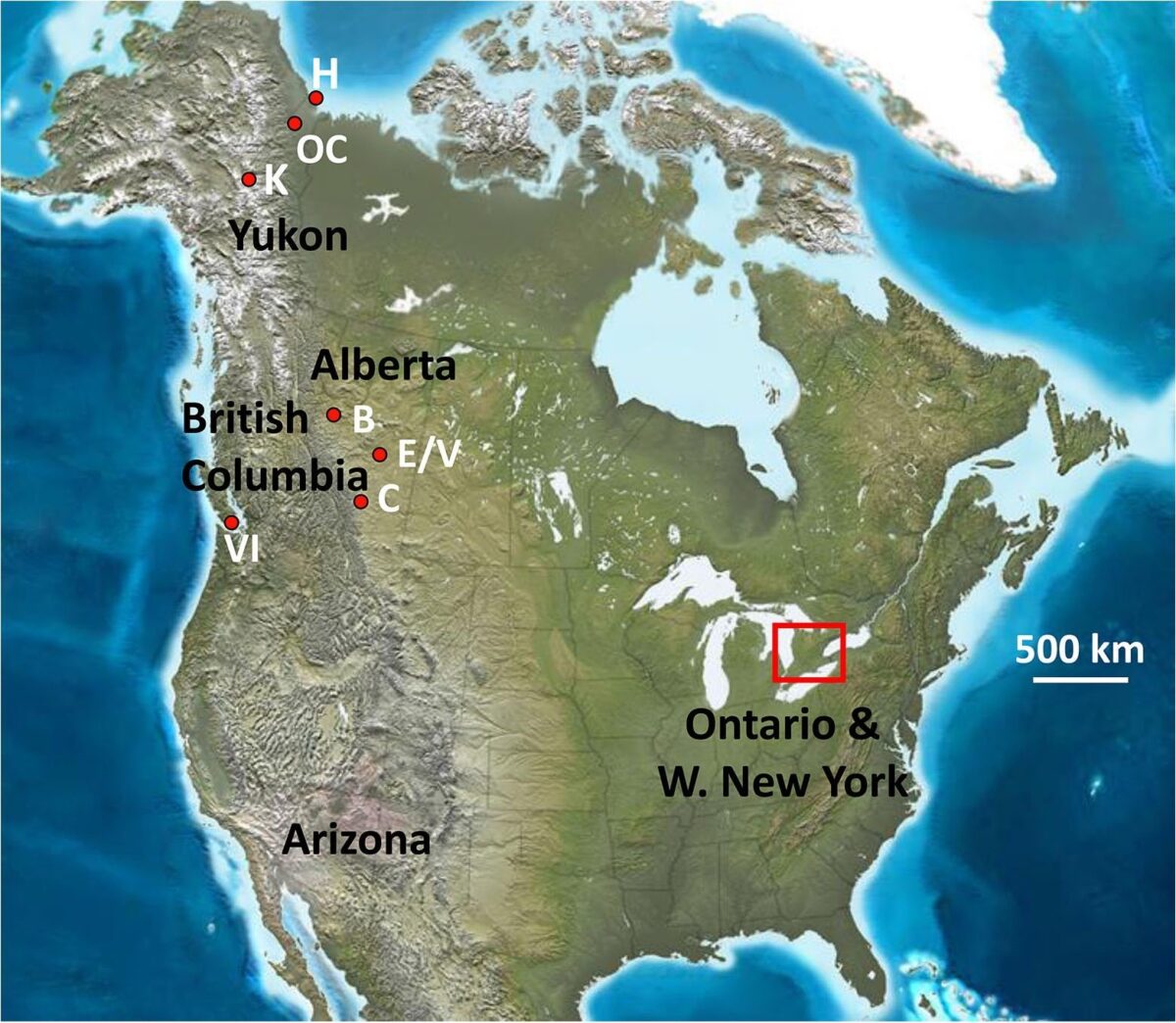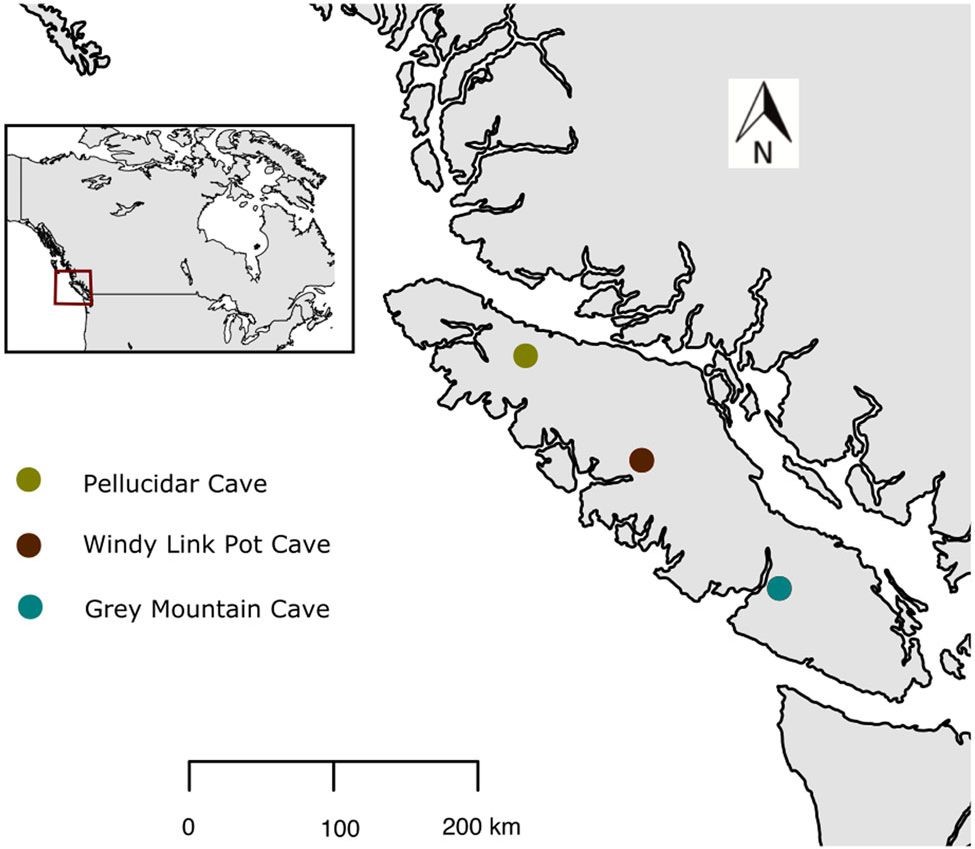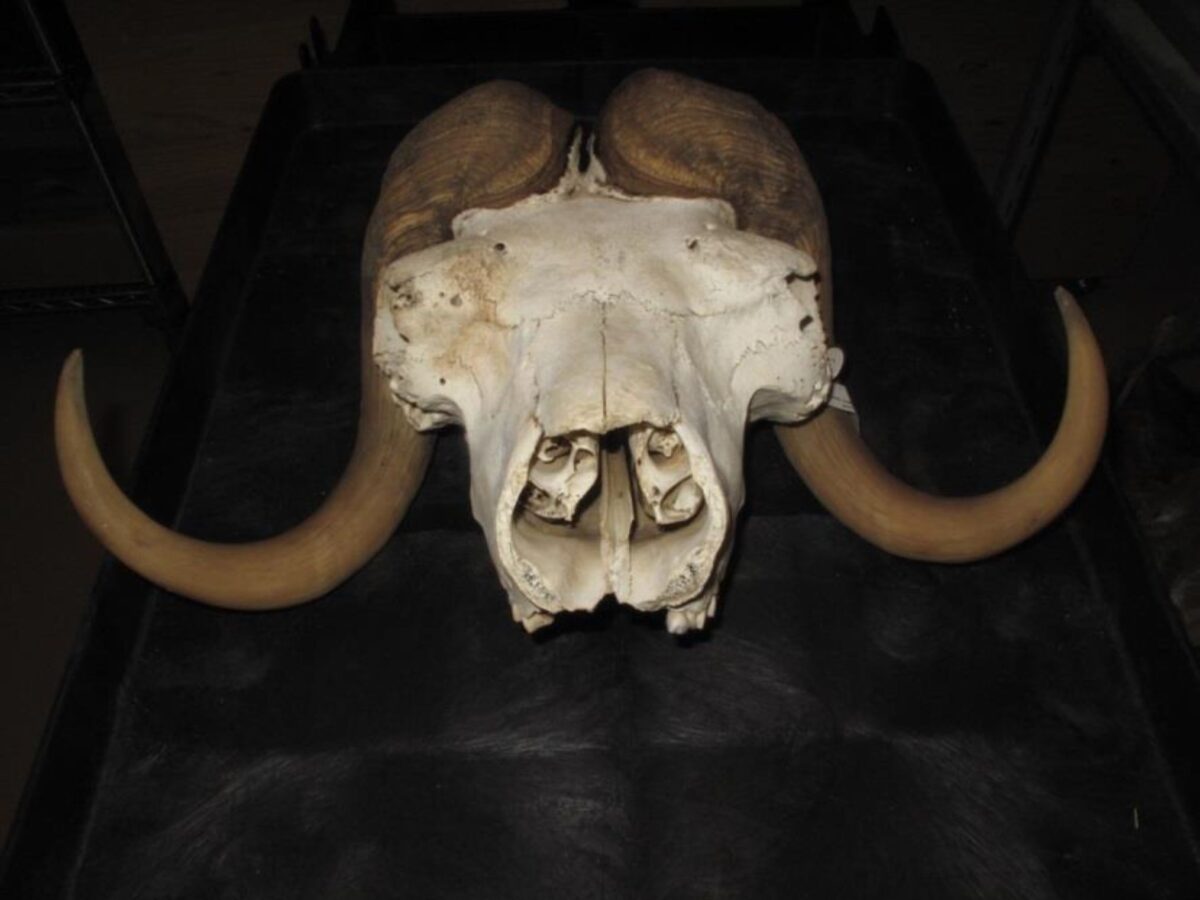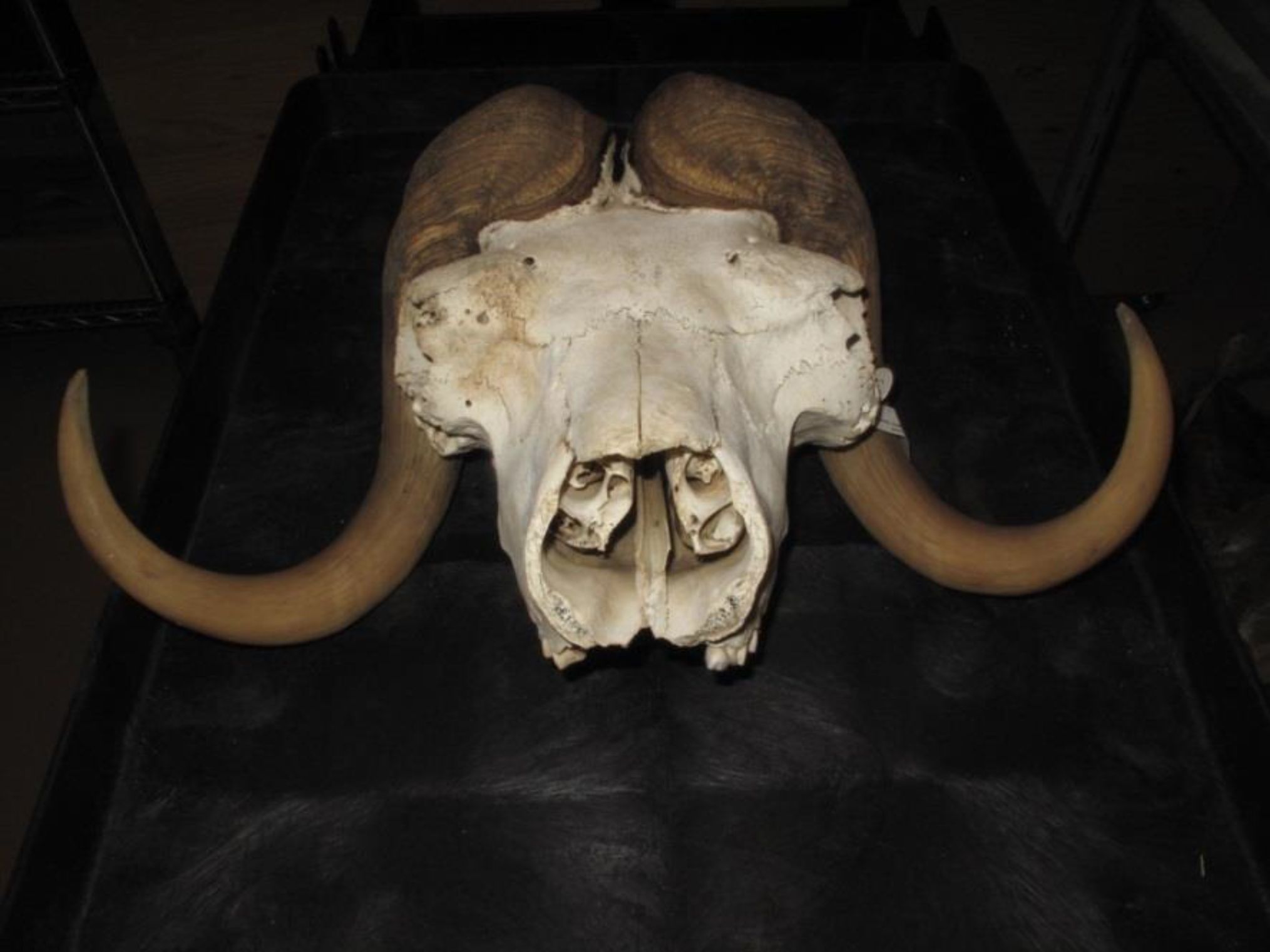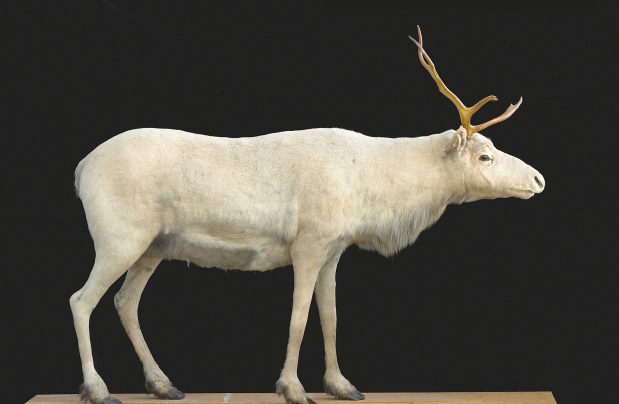
Preface I have always had a love of caribou and was saddened to learn about the extinction of the Dawson caribou (Rangifer tarandus dawsoni) after seeing its physical remains in the (then) Provincial Museum collection. This seemed to have been a preventable extinction. I learned about the importance of caribou and their habitat when doing an archaeological survey of portions of Wells Grey Park in 1970. I met Ralph Ritcey who gave me a copy of his recent paper on the mountain caribou of Well’s Grey (Ritcey 1970). I also met Park supervisor, Charlie Shook (1924-2000). Charlie guided big game hunters to the park in the 1940s, he started as an assistant ranger in the park in 1954, and worked … Continue reading “The Extinct Caribou of Haida Gwaii”

